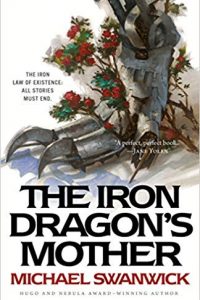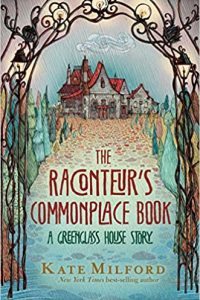Faren Miller reviews Eowyn Ivey
 Eowyn Ivey’s debut The Snow Child combines a plot inspired by a fairy tale with the format of a novel that’s almost mainstream. It’s set in Alaska back in the 1920s, the ‘‘homestead era’’ when people came to rugged country from out of state, lured by the promise of cheap, abundant farmland.
Eowyn Ivey’s debut The Snow Child combines a plot inspired by a fairy tale with the format of a novel that’s almost mainstream. It’s set in Alaska back in the 1920s, the ‘‘homestead era’’ when people came to rugged country from out of state, lured by the promise of cheap, abundant farmland.
The daughter of two poets, raised in Alaska and still living there, Ivey vividly invokes life on the edge of wilderness, where each fierce winter bears the threat of ruin for anyone who arrives unprepared. Middle-aged married couple Jack and Mable seem like prime candidates for disaster, fleeing the memory of a stillborn child back in Pennsylvania for a (cathartic?) new life Up North, but they manage to survive by dint of hard work, determination, and a touch of something less mundane.
The epigraph for Part One comes from Arthur Ransome’s story ‘‘Little Daughter of the Snow’’, one of the book’s sources of inspiration: retold fairytales involving children made of snow and brought to life by magic. It ends, ‘‘‘Husband,’ said the old woman, ‘there’s no knowing what may be. Let us go into the yard and make a little snow girl.’’’ In a year when storms come late to the region where their homestead lies, between Wolverine River and the minuscule town of Alpine, Mable says much the same thing to Jack.
Beginning with small graduated balls of snow, they produce something more than just a crude figure. When he steps back from his efforts, ‘‘Sculpted in the white snow were perfect, lovely eyes, a nose, and small white lips. She even thought she could see cheekbones and a little chin.’’ Mabel adds the final touches: berry juice on those lips, a scarf and mittens knitted from red wool. When Jack wakes up the next morning, their creation has been reduced to ‘‘a small broken heap of snow’’ and the knitted things are gone, but he sees flashes of red on ‘‘a little figure’’ dashing toward the forest – just a young thief, or the snow child come to life?
The less fantastic explanation begins to seem probable after he meets the girl who now wears the scarf and mittens. She says she came here with her father, who had plans to mine for gold. People in Alpine remember the miner/trapper they called Swede, and his later disappearance. This could be a daughter that managed to survive after he died. And yet there’s something genuinely odd about the girl who calls herself Faina (giving no other name).
In Alaska’s harsh winters, where normal settlers can only shiver, hunker down and hope to make it through the almost-sunless months, she thrives. At this daunting time of year, her close links to wilderness come to the fore – almost as though the land seeks to preserve a child born of itself and brought to life through the magic of a human desperation which turns to hope, then love.
Love in a variety of guises haunts The Snow Child. Its aging couple have not lost all physical desire for each other. There’s lingering fondness, as well as mourning, when they remember the child they lost (along with the possibility of further children) before they came here. And while Faina proves elusive even after growing to adulthood, she made enough connections that her strange blend of humanity and wildness will live on after she is gone.





